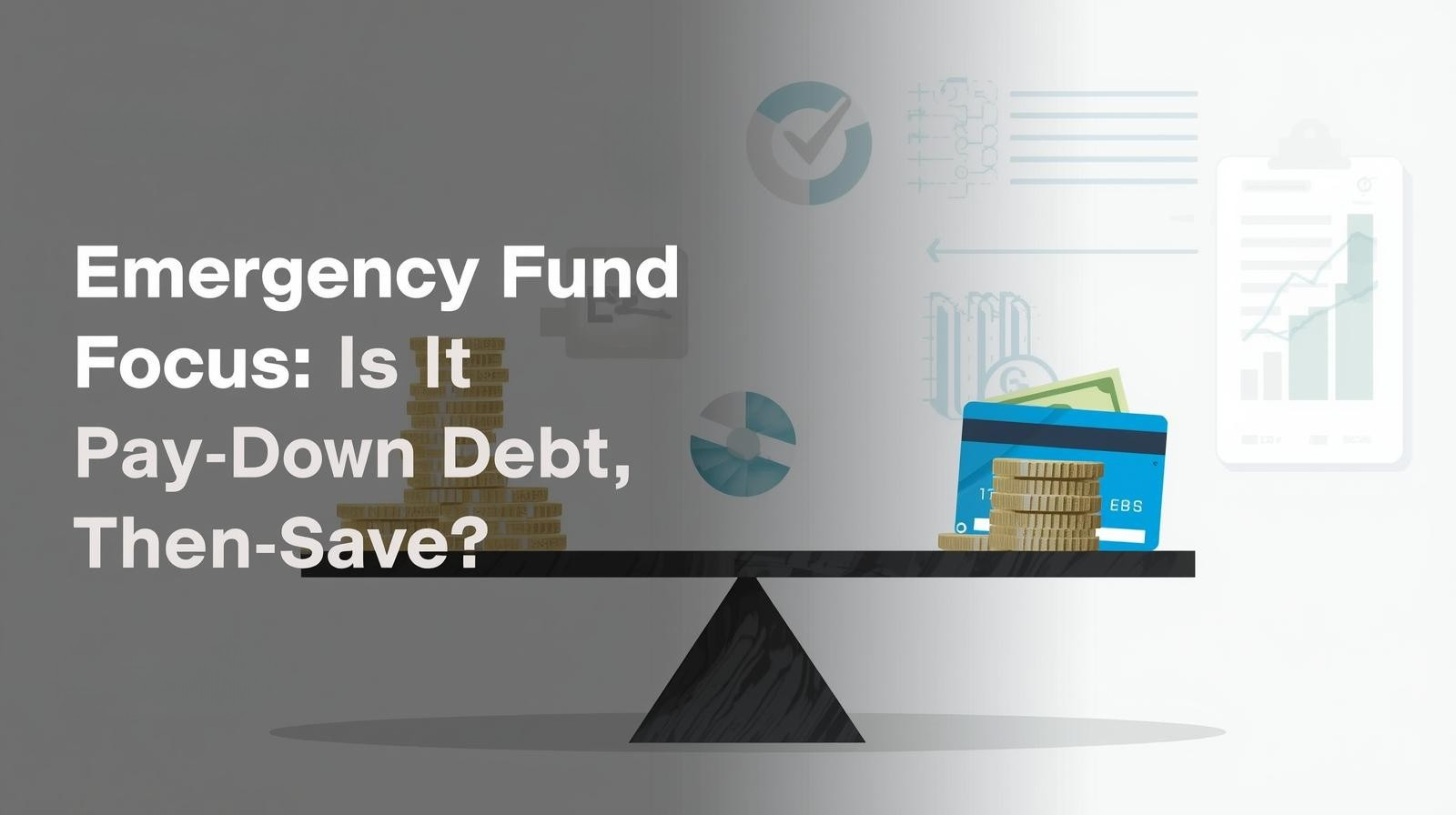
Last-Minute Christmas Spending: It Might Ruin Your New Year
Last-minute Christmas spending is a real emotional rollercoaster in the final days before Christmas. Stores are louder. Ads feel urgent. Everything is framed as a last chance. And suddenly, people who were doing just fine financially a few weeks ago find themselves spending money they didn’t plan to spend — and didn’t really need to. This is your reminder: December spending doesn’t disappear just because the calendar flips to January. Why Last-Minute Christmas Spending Hits So Hard Last-minute holiday spending isn’t usually logical. It’s emotional. It’s driven by: But here’s the part most ads don’t mention:January arrives with zero sympathy. Bills still show up.Credit card balances still exist.Financial goals don’t reset just because it’s Christmas. The Hidden Cost of “Just One More Gift” It’s rarely just one. One more gift becomes: And what you actually lose isn’t money — it’s momentum. Momentum toward: That’s a high price to pay for something that often ends up forgotten by mid-January. Thoughtful Beats Expensive (Every Time) Here’s a quiet truth we don’t talk about enough: Most people don’t remember what you spent.They remember how you made them feel. A handwritten note.A shared experience.Time, attention, sincerity. Those things don’t show up on a credit card statement — and they don’t create regret later. If You’ve Already Done What You Can… Stop This part matters. If you’ve already: Then permit yourself to stop. You don’t owe anyone financial stress in exchange for approval. Protecting your New Year is not selfish.It’s responsible. A Simple Rule to






